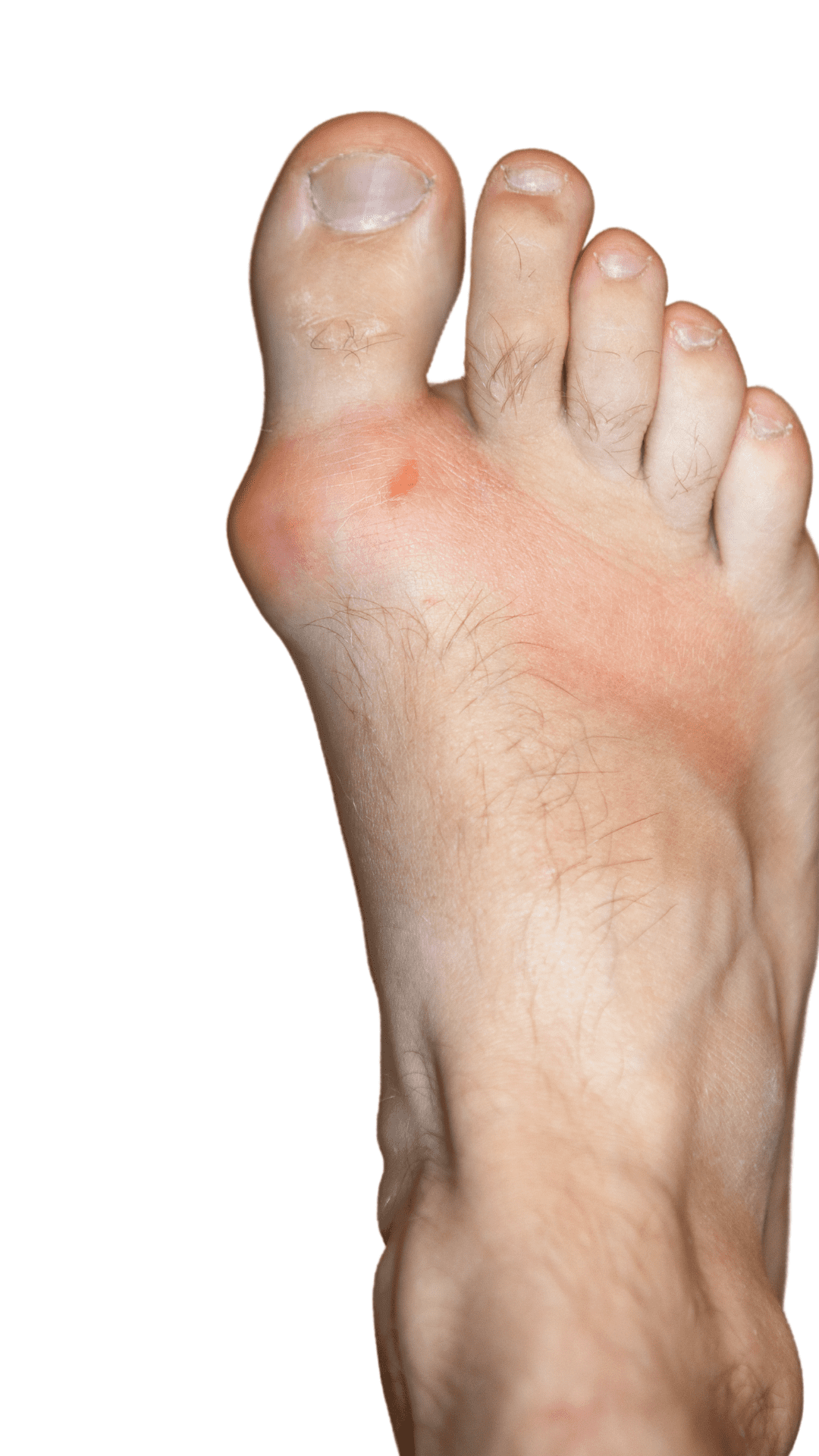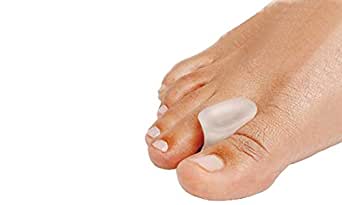.png)
Bunions form gradually; most people do not notice the first signs, they think the first lump is just a tough callus, but it will continue to grow. Its usually not something you’ve done; it’s an inherited condition. People with flat feet, flexible joints, Rheumatoid arthritis and gout are more likely to develop a bunion. It isn’t thought that poorly fitting footwear causes bunions, but it will worsen the symptoms. Some people only have a bunion on one foot; for other people, they will be on both.
The unfortunate news about bunions is that only surgery can physically remove them (although it’s not guaranteed to last). There are surgeons across the country who specialise in bunion procedures. Surgery isn’t an appropriate option for everyone due to medical conditions, recovery time and the possibility of it reforming, which is why podiatrists offer bunion treatments.
Book an appointment when you get to see the lump (book a podiatrist appointment every time you find something concerning on your feet). We have many ways to treat the problems caused by a bunion, there are treatments we can try to slow the formation down, and we can advise on ways to improve the comfort of your footwear.
 A bunion is a lump on the side of your foot at the base of your big toe. When the metatarsophalangeal joint becomes unstable, the toe will
start to bend towards your other toes. There isn’t a new growth; the lump is just the knuckle of your phalange bone. The medical term for a
bunion is Hallux Valgus.
A bunion is a lump on the side of your foot at the base of your big toe. When the metatarsophalangeal joint becomes unstable, the toe will
start to bend towards your other toes. There isn’t a new growth; the lump is just the knuckle of your phalange bone. The medical term for a
bunion is Hallux Valgus.
Problems caused by a bunion
To begin with, bunions rarely cause problems, but as they develop, you’ll experience many of the issues listed above. In addition, bunions develop at different rates, so it may take years before you feel any pain. We assess and advise patients every week on the best ways to live with bunions and recommend ways to lessen the impacts.
A few of our top tips are

We understand the frustration of bunions; it’s so upsetting to have to adapt to conditions you have no control over. Something that starts as a small lump can seriously impact your movement and quality of life. Don’t just ignore it, be proactive about your foot health.
Book your appointment with us.
(1).png)
Toenail reconstruction guide: professional treatment for damaged, fungal, or missing nails. Learn about the procedure, benefits, maintenance, and how to restore confidence in your feet.
.png)
Quicker foot recovery after a marathon, long hike or adventure race